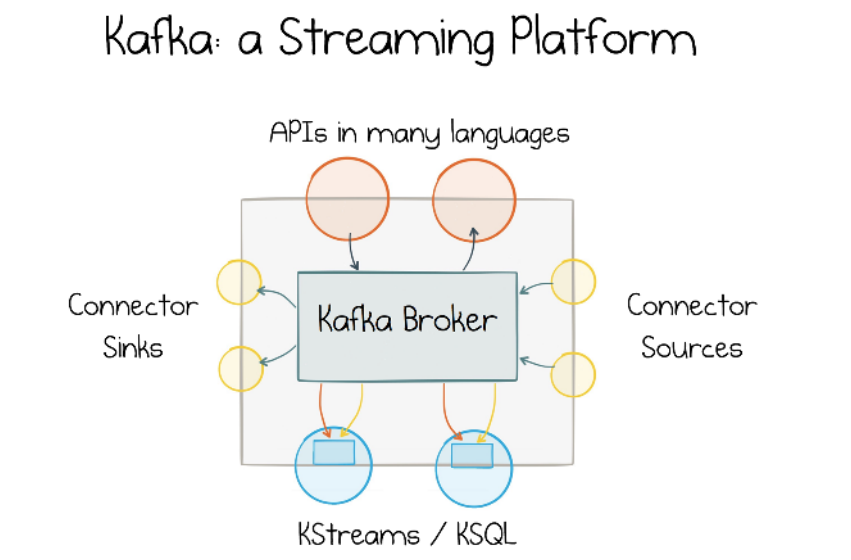
Using Large Language Models (LLMs) and Haystack for AI-Powered Customer Support Automation
October 31, 2024
Comprehensive Guide to Closures in JavaScript and TypeScript
November 8, 2024Ref: <GenSim2: Scaling Robot Data Generation with Multi-modal and Reasoning LLMs>
Gensim is an open-source library for unsupervised topic modeling, document indexing, retrieval by similarity, and other natural language processing functionalities, using modern statistical machine learning. Gensim is implemented in Python and Cython for performance.
1. Data Augmentation and Synthetic Training Data Calculations
Scaling Video Data for Training: The initial study generated 100 synthetic action videos from 10 real-world videos, giving a 10x data augmentation factor. This expansion can be broken down as follows:
Each task video is segmented into atomic actions (e.g., “grasp object,” “move to target location,” etc.), with each action being individually simulated.
If each real-world video has N actions, then the potential synthetic data generation is N x 10 actions (assuming each action is simulated into ten possible variations).
Assuming each action sequence requires an average of S seconds to simulate and process through the multimodal pipeline, the synthetic video generation time would be T = N x S x 10.
2. Proprioceptive Point-Cloud Transformer (PPT) Structure and Calculations
The PPT is responsible for converting multimodal inputs (language, point-cloud, and proprioceptive data) into actionable sequences. Each type of input is encoded and transformed:
Language Encoding: Converts task descriptions (such as “open box”) into embeddings through an LLM (like GPT-4). Point Cloud Processing: Each point cloud contains data on the robot’s environment and task-specific objects in 3D space. Calculations involve the number of points (P) within each point cloud, processed in real-time by a transformer model to maintain spatial awareness. A transformer typically processes a sequence of points, and the complexity grows with the square of P due to self-attention: O(P^2).
Proprioception Input: Proprioceptive data (robotic arm positioning, joint angles, etc.) can be represented in M dimensions. This data may require normalization, where scaling factors (α) are applied to different proprioceptive dimensions before feeding into the transformer model.
Overall Computational Complexity: The combined input size (P+M) grows linearly with the complexity of the point-cloud data but is augmented by the quadratic complexity of the transformer’s self-attention. The total complexity can be approximated as:
𝑂((𝑃+𝑀)2)
3. Multimodal GPT-4V Inference and Task Planning Calculations
Inference Latency: Multimodal processing involves converting images to task-specific outputs. The latency (L) per frame depends on image size (I) and depth (D) of the transformer model. Given that the transformer model’s inference time per frame scales as O(I^2 * D), processing multiple frames for task simulation might require significant computational resources, especially if real-time feedback is required.
Task Conversion Efficiency:The system utilizes an LLM to convert task names to descriptions and then encodes each step into executable task code.
Each step involves generating and verifying logic for sequential actions:
For example, generating instructions like "open the microwave," "place the bread," etc., each step may involve reasoning calculations in the LLM with complexity O(V^2), where V is the vocabulary size for the LLM’s attention mechanism.
4. Simulated Task Sequence Generation
Action Sequence Simulation: The process of converting tasks to action sequences includes computing the robot’s movement in a virtual environment, which involves kinematic calculations based on inverse kinematics (IK) and dynamics simulations.
For each action in a task sequence, say A actions, where each action includes J joint manipulations and K possible movements per joint, the simulated movement complexity can be estimated as:
𝑂(𝐴×𝐽×𝐾)
If each action sequence requires an average computation time S, the total task sequence generation time would be:
𝑇 sequence=𝐴×𝐽×𝐾×𝑆
5. Optimization and Real-Time Feedback Calculation
Real-time feedback from humans allows the model to refine tasks iteratively. This involves calculating optimal adjustments using a reward-based system where feedback updates the LLM’s task understanding, reducing errors in task planning:
The cost function for real-time optimization can be derived as a function of the number of feedback iterations F, which, depending on model complexity, might range from a few adjustments to thousands. Each iteration has a feedback processing cost C, leading to an approximate feedback complexity of O(F \times C).
Summary of Technical Load and Complexity
Each component (data generation, transformer calculations, and action simulation) has specific performance costs, and combining them requires managing significant computational resources. Training large-scale robotic tasks with this level of multimodal integration would likely need considerable GPU/TPU resources for real-time applications. Fine-tuning PPT and multimodal transformers to handle real-time proprioceptive and spatial input will also be necessary to manage latency, which will require additional optimization strategies such as model pruning or quantization.




